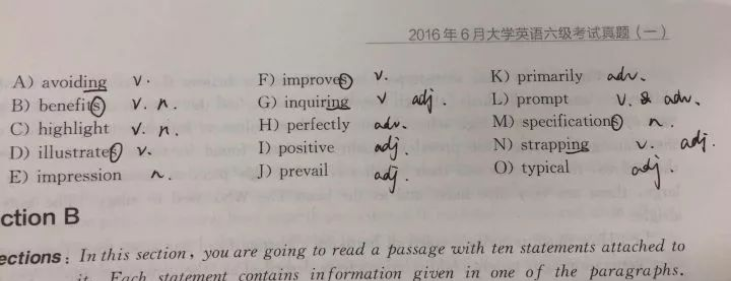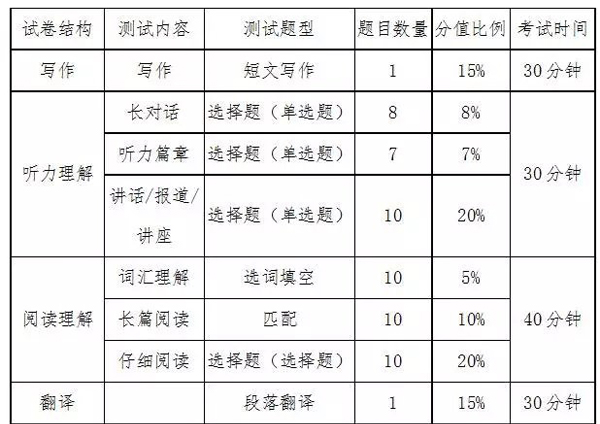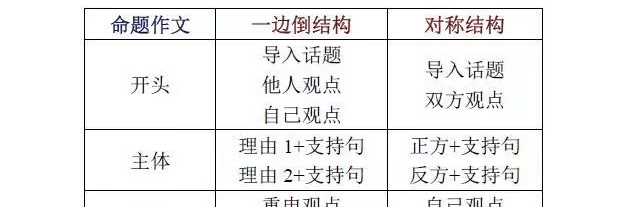LSAT模拟试题:LSAT模拟试题TEST2阅读1
|
SECTION I Time-35 minutes 28 Questions Directions: Each passage in this section is followed by a group of questions to be answered on the basis of what is stated or implied in the passage. For some of the questions, more than one of the choices could conceivably answer the question. However, you are to choose the best answer, that is, the response that most accurately and completely answers the question, and blacken the corresponding space on your answer sheet. There is substantial evidence that by 1926, with the publication of The Weary Blues, Langston Hughes had broken with two well-established traditions in African American literature. In The Weary Blues, Hughes chose to modify the traditions that decreed that African American literature must promote racial acceptance and integration, and that, in order to do so, it must reflect and understanding and mastery of Western European literary techniques and styles. Necessarily excluded by this decree, linguistically and thematically, was the vast amount of secular folk material in the oral tradition that had been created by Black people in the years of slavery and after. It might be pointed out that even the spirituals or "sorrow songs" of the slaves-as distinct from their secular songs and stories-had been Europeanized to make them acceptable within these African American traditions after the Civil War. In 1862 northern White writers had commented favorably on the unique and provocative melodies of these "sorrow songs" when they first heard them sung by slaves in the Carolina sea islands. But by 1916, ten years before the publication of The Weary Blues, Hurry T. Burleigh, the Black baritone soloist at New York s ultrafashionable Saint George s Episcopal Chruch, had published Jubilee Songs of the United States, with every spiritual arranged so that a concert singer could sing it "in the manner of an art song." Clearly, the artistic work of Black people could be used to promote racial acceptance and integration only on the condition that it became Europeanized. Even more than his rebellion against this restrictive tradition in African American art, Hughes s expression of the vibrant folk culture of Black people established his writing as a landmark in the history of African American literature. Most of his folk poems have the distinctive marks of this folk culture's oral tradition: they contain many instances of naming and enumeration, considerable hyperbole and understatement, and a strong infusion of street-talk rhyming. There is a deceptive veil of artlessness in these poems. Hughes prided himself on being an impromptu and impressionistic writer of poetry. His, he insisted, was not an artfully constructed poetry. Yet an analysis of his dramatic monologues and other poems reveals that his poetry was carefully and artfully crafted. In his folk poetry we find features common to all folk literature, such as dramatic ellipsis, narrative compression, rhythmic repetition, and monosyllabic emphasis. The peculiar mixture of irony and humor we find in his writing is a distinguishing feature of his folk poetry. Together, these aspects of Hughes s writing helped to modify the previous restrictions on the techniques and subject matter of Black writers and consequently to broaden the linguistic and thematic range of African American literature. 1. The author mentions which one of the following as an example of the influence of Black folk culture on Hughes s poetry? (A) his exploitation of ambiguous and deceptive meanings (B) his care and craft in composing poems (C) his use of naming and enumeration (D) his use of first-person narrative (E) his strong religious beliefs 2. The author suggests that the "deceptive veil" (line 42) in Hughes s poetry obscures (A) evidence of his use of oral techniques in his poetry (B) evidence of his thoughtful deliberation in composing his poems (C) his scrupulous concern for representative details in his poetry (D) his incorporation of Western European literary techniques in his poetry (E) his engagement with social and political issues rather than aesthetic ones. 3. With which one of the following statements regarding Jubilee Songs of the United States would the author be most likely to agree? (A) Its publication marked an advance in the intrinsic quality of African American art. (B) It paved the way for publication of Hughes s The Weary Blues by making African American art fashionable. (C) It was an authentic replication of African American spirituals and "sorrow songs". (D) It demonstrated the extent to which spirituals were adapted in order to make them more broadly accepted. (E) It was to the spiritual what Hughes s The Weary Blues was to secular songs and stories. 4. The author most probably mentions the reactions of northern White writers to non-Europeanized "sorrow songs" in order to (A) indicate that modes of expression acceptable in the context of slavery in the South were acceptable only to a small number of White writers in the North after the Civil War. (B) contrast White writers earlier appreciation of these songs with the growing tendency after the Civil War to regard Europeanized versions of the songs as more acceptable. (C) show that the requirement that such songs be Europeanized was internal to the African American tradition and was unrelated to the literary standards or attitudes of White writers. (D) demonstrate that such songs in their non- Europeanized form were more imaginative. (E) suggest that White writers benefited more from exposure to African American art forms than Black writers did from exposure to European art forms. 5. The passage suggests that the author would be most likely to agree with which one of the following statements about the requirement that Black writers employ Western European literary techniques? (A) The requirement was imposed more for social than for aesthetic reasons. (B) The requirement was a relatively unimportant aspect of the African American tradition. (C) The requirement was the chief reason for Hughes s success as a writer. (D) The requirement was appropriate for some forms of expression but not for others. (E) The requirement was never as strong as it may have appeared to be. 6. Which one of the following aspects of Hughes s poetry does the author appear to value most highly? (A) its novelty compared to other works of African American literature. (B) its subtle understatement compared to that of other kinds of folk literature. (C) its virtuosity in adapting musical forms to language. (D) its expression of the folk culture of Black people. (E) its universality of appeal achieved through the adoption of colloquial expressions. |








